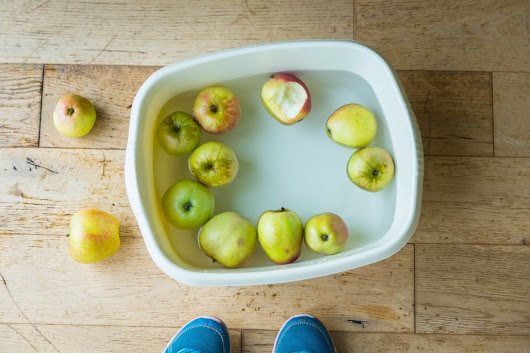In a country with such a rich heritage as Scotland, it’s not surprising that a number of superstitions derive from here, and we have one or two curious customs that many still adhere to today. And yes, they may seem rather strange!
Here are just a few superstitions and traditions that may well have their origins in Scotland, some of which have been provided by our followers on social media.
BAAA-D LUCK…
Something FISHY GOING ON…
Fishing communities are known for having lots of superstitions and customs. Scottish fishermen in the likes of the Outer Hebrides and the East Neuk of Fife would not sail if they passed a minister on the way to their fishing boats, as it was believed this was a bad omen.
WHITE WILL SET YOU RIGHT…
While purple heather blooms in abundance on our hillsides, white heather is a lot less common, but is supposedly very, very lucky indeed. The origins of this lie in a Celtic legend dating from the 3rd century. Malvina, daughter of legendary warrior-poet Ossian, cried after finding out her lover had died in battle, her tears supposedly turning purple heather white. Malvina declared, ‘Although it is the symbol of my sorrow, may the white heather bring good fortune to all who find it.’
Historically, clansmen would wear white heather in battles for protection, and even nowadays at weddings, grooms will often wear sprigs of the flower in their buttonhole and Scottish brides have the bloom in their bouquet.
A STERLING GIFT…
Known as the practice of ‘handselling’, it’s considered lucky to place silver, often a coin, in a new born baby’s hand. This would supposedly bring great wealth to them in later life. In modern times, silver spoons are sometimes gifted at Christenings.
START THE NEW YEAR OFF ON THE RIGHT FOOT…
In the New Year, or Hogmanay, as we like to call it, Scottish people “first-foot” one another, which means to be the first to enter into somebody else’s home. Traditionally, the first-footer should be a tall, dark haired gent who comes bearing gifts of coal, a silver coin, black bun, salt and whisky, symbolising good fortune for the coming year. This most likely became an established tradition because of the invasion of fair-haired Vikings in the 8th century.
FEEL RENEWED WITH MAY DEW…
On 1 May, it was traditional for young ladies to wash their faces in the morning dew. In Edinburgh in years gone by, you’d often see ladies flock to Arthur’s Seat for the ritual, which promised good fortune along with vitality and beauty for the year to come. It’s a pagan custom which has been observed in Scotland for hundreds of years.







Comentarios
Publicar un comentario